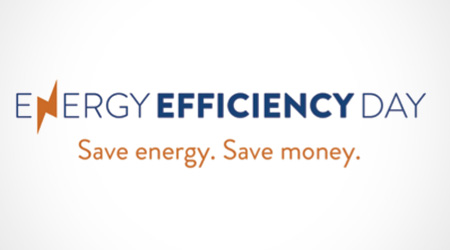
Minimizing Threats to Low Slope Roofs
October 9, 2017
If your building has a low-slope roof, keep an eye out for these common causes of roof damage.
Extremes in Thermal Cycling Causing Expansion and Contraction
Thermal cycling is the natural cycle of temperature changes from day to night. In some regions there can be quite a dramatic change in day to night temperatures, going from quite hot and sunny during the day to nearly freezing temperatures at night, in some cases. It goes without saying that significant temperature swings, especially over a prolonged period of time, cause stress to the roof.
Low-slope roofs that experience extreme thermal cycles will constantly be expanding and contracting. This process can age the roof more quickly, but more importantly it can strain and weaken seams and flashings. Typically, regular maintenance and inspections will keep your low-slope roof in better condition as well as help you spot a potential strain before you end up with a leaky roof.
There aren't many ways to prevent this issue from happening, but choosing a lighter colored roof can help reflect more heat and sun during the day, thereby creating a less dramatic thermal cycle come nightfall.
Consistent Exposure to Corrosive Materials
Metal is a common roofing material for low-slope roofs, and though it is one of the ideal material choices, it does have a couple of downsides. For one, metal should not be exposed to certain types of materials as they will have a corrosive effect. When corrosion occurs, holes and weakened spots develop, leaving water damage to occur quite easily and quickly.
Commercial buildings are most often exposed to two types of corrosive materials: oil or grease and other metals themselves. Restaurants or commercial buildings where oil is being use for cooking or other purposes can find themselves with a damaged low-slope roof if oil happens to leak from vents and eventually spray onto the roof. This isn't as uncommon as you'd think and it can quickly lead to serious damage and expensive repairs. Therefore it is important to have a grease gutter system and regular cleanings.
Care should also be taken to ensure that other corrosive materials, such as a lost lead screw, aren’t left sitting on the roof. Something even that small can erode the metal and leave a hole for water to leak through. It is important that any type of maintenance professional does not leave this type of hardware or tools sitting directly on your metal roof.
This Quick Read was contributed by Bobby Lambrix, communications coordinator for Malarkey Roofing Products.
Click here to read about tips for evaluating roofing warranties on Facilitiesnet.com.
Next
Read next on FacilitiesNet












